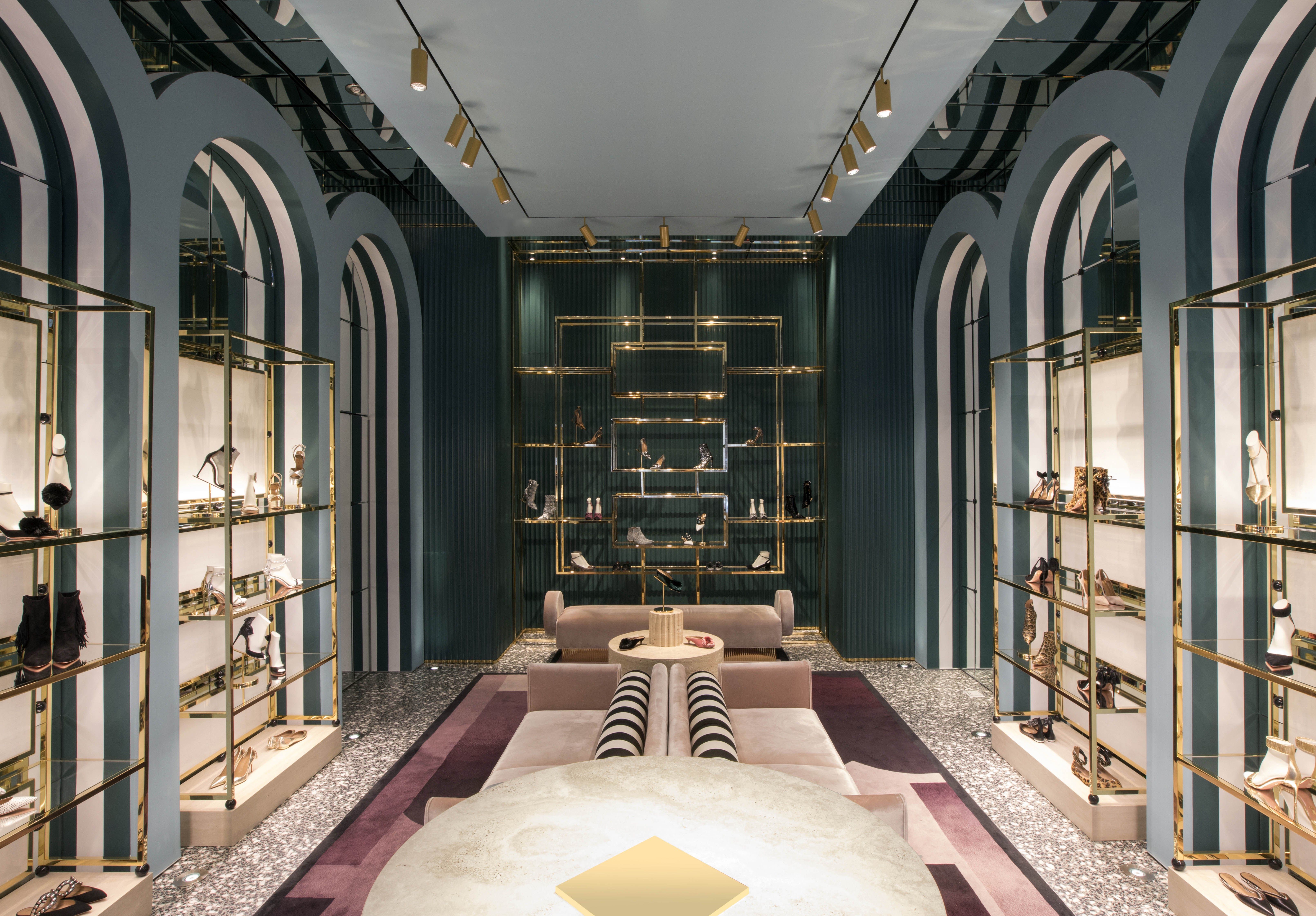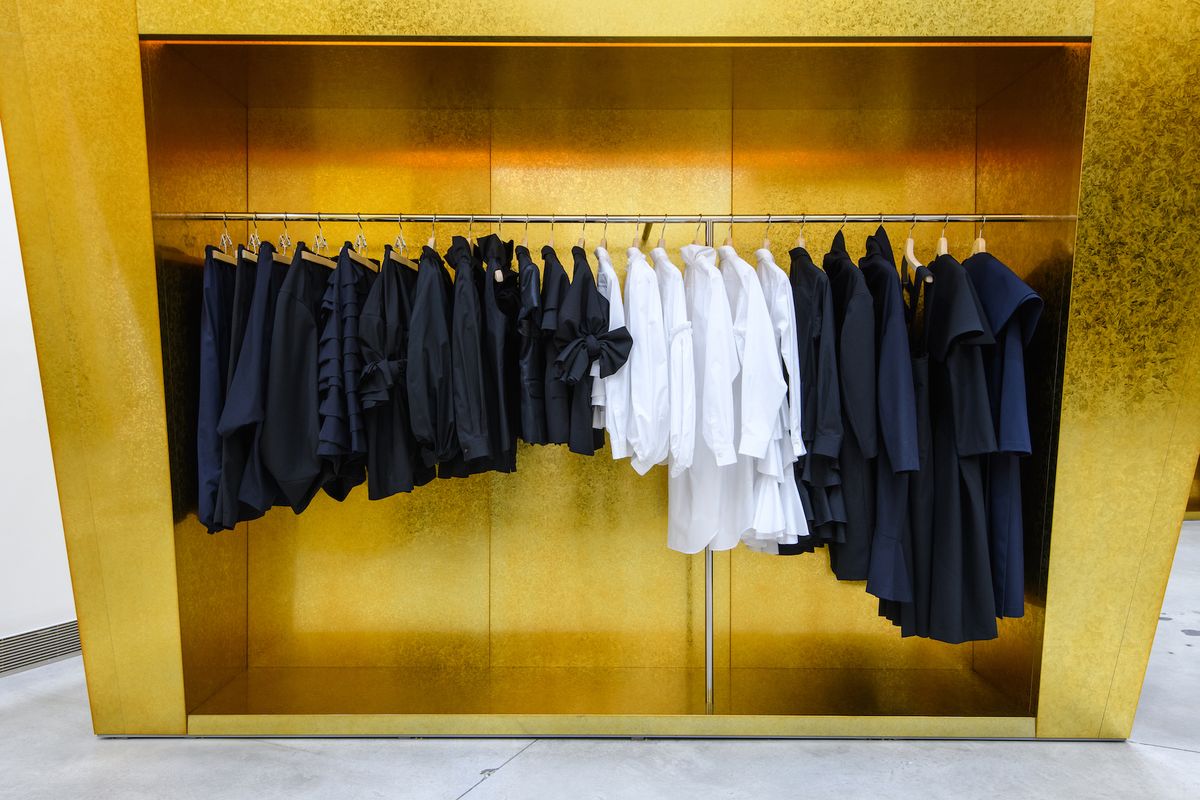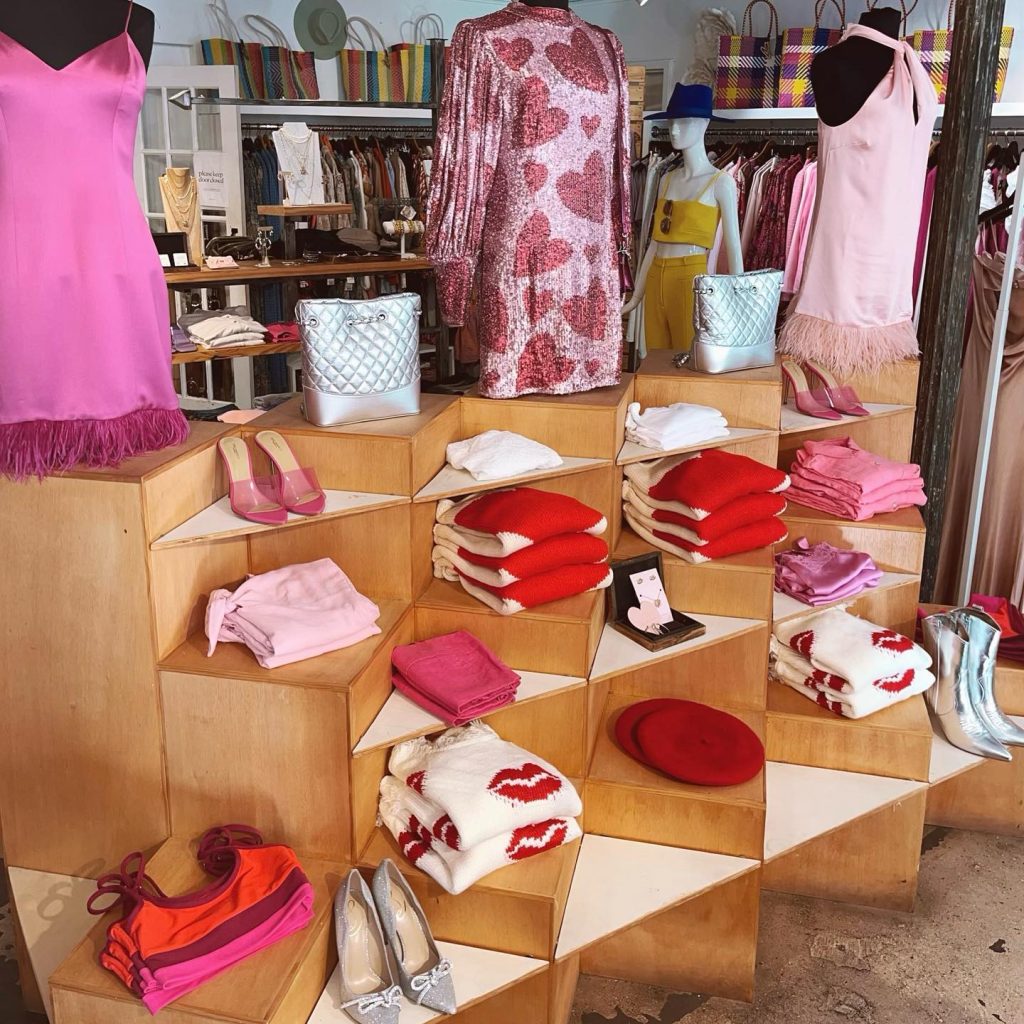Revealing the Secrets Behind Cost Effective Boutique Fashion
Wiki Article
Exploring the Development and Influence of Clothes on Modern Style Trends
The evolution of apparel has actually dramatically influenced modern fashion fads, combining historical precedents with cutting-edge developments. Renowned numbers like Coco Chanel and Yves Saint Laurent revolutionized the fashion business by presenting concepts that focus on comfort and accessibility, which remain to resonate today. Meanwhile, technical strides in areas such as 3D printing and smart textiles are redefining style opportunities and customer experiences. In addition, the growing focus on inclusivity and sustainability is improving sector standards. As we think about these complex impacts, one should wonder about just how these aspects jointly redefine fashion's function in reflecting and forming modern culture.Historical Style Influencers
In the tapestry of fashion history, particular numbers have actually left an indelible mark, shaping the trends and designs that define whole periods. Coco Chanel, a cutting edge developer, redefined women's style by introducing comfortable, elegant garments that left from restrictive corsets. Her renowned Chanel fit and little black outfit have actually come to be timeless staples in wardrobes worldwide. Christian Dior's post-war "New Look" in 1947, with its party of womanhood through full skirts and cinched waistlines, noted a return to opulence and has continued to affect designers.Elsa Schiaparelli is one more essential number, renowned for her progressive styles that included surrealist art, teaming up with Salvador Dalí to create wayward pieces that tested standard visual appeals. Her innovative use color and bold patterns reverberates in contemporary style. Yves Saint Laurent, on the other hand, equalized haute couture with prêt-à-porter collections, bringing path styles to the masses and setting a criterion for modern ready-to-wear lines.
These visionaries, amongst others, not just reinvented fashion in their times but likewise established enduring fads that reverberate in today's fashion business, supplying a foundation upon which modern developers proceed to build and introduce. Their traditions underscore the importance of imagination and bold in style's ever-evolving story.
Technical Advancements in Style
In the middle of the vibrant landscape of the garment industry, technological improvements stand at the leading edge of technology, improving just how developers create and consumers engage with fashion. The combination of 3D printing has changed design procedures, allowing developers to trying out complex frameworks and sustainable products that were formerly impossible. This modern technology helps with rapid prototyping, lowering waste and quickening production times.
Smart textiles, embedding modern technology right into materials, are also changing the industry. Innovations like self-cleaning and temperature-regulating materials use enhanced capability and comfort. Wearable technology, integrating attributes like physical fitness monitoring and communication, includes a brand-new dimension to style, merging looks with usefulness.
Social Changes and Design
As technical improvements remain to improve the fashion business, cultural shifts are similarly prominent, redefining design and consumer preferences. Recently, the rise of social networks platforms has actually increased the circulation of international fashion patterns, enabling varied social impacts to merge and coexist. This digital interconnectivity has assisted in the rapid exchange of concepts, bring about a much more diverse and comprehensive interpretation of style that shows the complex nature of modern-day culture.Cultural awareness and admiration have motivated developers to attract ideas from a broader spectrum of ethnic and historical contexts, incorporating typical concepts with modern appearances. This fusion has actually resulted in style that reverberates with a bigger target market, promoting a feeling of identification and belonging throughout various demographics. Furthermore, the increasing need for customization has driven brand names to offer personalized alternatives, enabling consumers to express individuality while showing their social heritage.
Furthermore, shifting social values have actually affected fashion, with inclusivity and diversity ending up being central themes. The sector has begun to accept versions and influencers of various body types, ethnic backgrounds, and gender identities, challenging conventional charm requirements. This makeover emphasizes the power of social shifts fit the future of fashion, as design becomes an extra authentic expression of individual and collective identity.
Sustainability and Modern Style
While the apparel industry continues to advance, the important for sustainability has actually ended up being progressively urgent, affecting contemporary design methods. This shift intends to deal with honest factors to consider and environmental worries, leading to a reevaluation of conventional production approaches. Developers are now integrating sustainable products, such as organic cotton, recycled polyester, and naturally degradable materials, into their collections, reducing the ecological impact of style. The surge of slow-moving fashion, which emphasizes high quality over amount, motivates consumers to purchase classic items as opposed to transient patterns.Additionally, modern-day layout is identified by its technology in lessening waste and advertising circularity. Strategies such as zero-waste pattern cutting and 3D knitting are check acquiring grip, enabling designers to produce garments with very little textile waste. In addition, brand names are embracing clear supply chains, guaranteeing liability and promoting customer count on. This technique not just reduces environmental influence but likewise enhances the social obligation of style houses.

Future Trends in Style

Sustainability will proceed to be a driving pressure in shaping future style fads. The industry is increasingly embracing green materials and ethical production techniques, reacting to a growing consumer need for accountable techniques. Technologies such as bio-fabricated products and closed-loop recycling systems are readied to redefine exactly how apparel is created and eaten, lowering environmental effect while maintaining design and quality.
Social changes, including the rise of inclusivity and variety, will likewise play a crucial duty. important link As culture comes to be much more familiar with social problems, style is anticipated to become a system for expression and modification. Designers will likely concentrate on developing collections that reflect a wider range of experiences and identifications, promoting depiction and accessibility.
Final Thought
The advancement of clothing significantly influences modern-day style patterns, where historic influences merge with contemporary designs. This recurring advancement highlights fashion's function as a mirror to societal values and technical improvement, suggesting a future abundant with advancement and inclusivity.The development of garments has actually dramatically influenced modern-day style trends, combining historic criteria with sophisticated technologies.Among the dynamic landscape of the style industry, technological improvements stand at the center of development, reshaping exactly how developers develop and customers engage with fashion.While the style sector proceeds to develop, the necessary for sustainability has come to be increasingly urgent, my latest blog post influencing modern style practices. As sustainability becomes embedded in modern-day style, it paves the way for a much more aware and accountable fashion sector.
The evolution of garments dramatically influences modern fashion patterns, where historic influences combine with contemporary layouts.
Report this wiki page